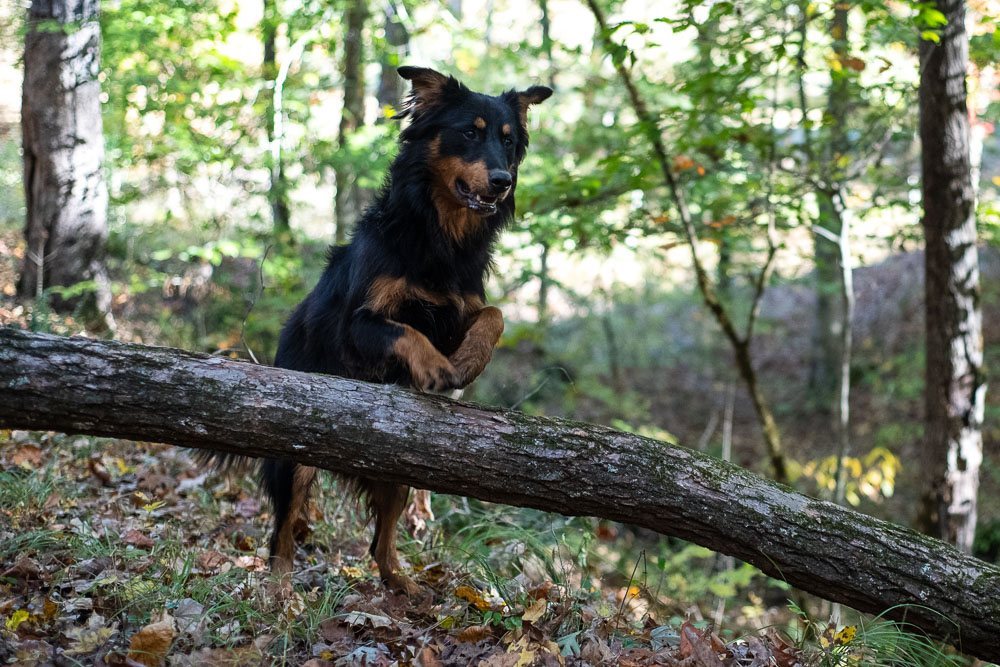Through effort and expenditure, we know the genetic signatures for several of the Blankenships’ dogs. By testing our current dogs, we can determine their congruency to the ancestral line bred by the Blankenships and their co-breeders. In our effort to preserve the genetics of those dogs, we emphasize the objective over the subjective. We do not rely on the tacit knowledge of a few individuals or any cult of personality, and we are not driven by profit. We use an aggregate of three investigations to aid in our conservation efforts. Any one of these investigations might prove to be misleading when used alone, but when used together, they give us a high degree of confidence in our classification. We did not invent this methodology from whole cloth, but rather based it upon the proven guidance and sound theories set forth by Dr. Sponenberg and his associates in their book, “Managing Breeds for a Secure Future: Strategies for Breeders and Breed Associations.”
The most subjective of our investigations is phenotype (appearance and behavior). We use the Blankenship Bloodline Standard as the barometer for this investigation. This same standard of the Old-fashioned Black and Tan English Shepherd has been around, virtually unchanged, for decades. It was initially written by Tom Stodghill, founder of the English Shepherd Club of America. John and Pauline Blankenship later revised the bloodline standard.
The second investigation we use to classify an Old-fashioned Black and Tan English Shepherd is historically by pedigree. The preferred Old-fashioned Black and Tan English Shepherd has nothing but black and tan dogs in his or her pedigree. Ideally, the pedigree will go all the way back to black and tan dogs who were registered with the IESR, UKC, or ARF. Some of my respected colleagues feel that the pedigree should be entirely black and tan, but realistically an Old-fashioned Black and Tan’s three-generation pedigree should be at least 3/4 black and tan.
While history is more objective than the evaluation of phenotype, the final investigation is the most objective of all. Through genetic testing, we know that most of the modern males from the Old-fashioned Black and Tan English Shepherd bloodline belong to haplotypes A1a H1a.48 and A1a H1a.29. And we know that most modern females that we’ve tested are A1a A388, A1d A247 and C2 C42/54/55. This is an evolving list, but we’re unaware of any exceptions at this time. You don’t have to be an expert in genetics to use genotype as an investigation. We use Embark Vet DNA data for this investigation.
Our methods are transparent, and are algorithms are published as open source. Our variables allow for the filling in of gaps over time, as knowledge deepens and new evidence comes to light. This flexibility is a strength of the methodology, not a weakness. The purpose of all this is to help our principals and constituency breed and obtain dogs that are truly like the ones they grew up with. The value of our black and tan dogs is manifold, ranging from farm work to hunting, to protection, sports, and companionship. For these reasons and many others, we seek to secure the future of the Old-fashioned Black and Tan English Shepherd.

